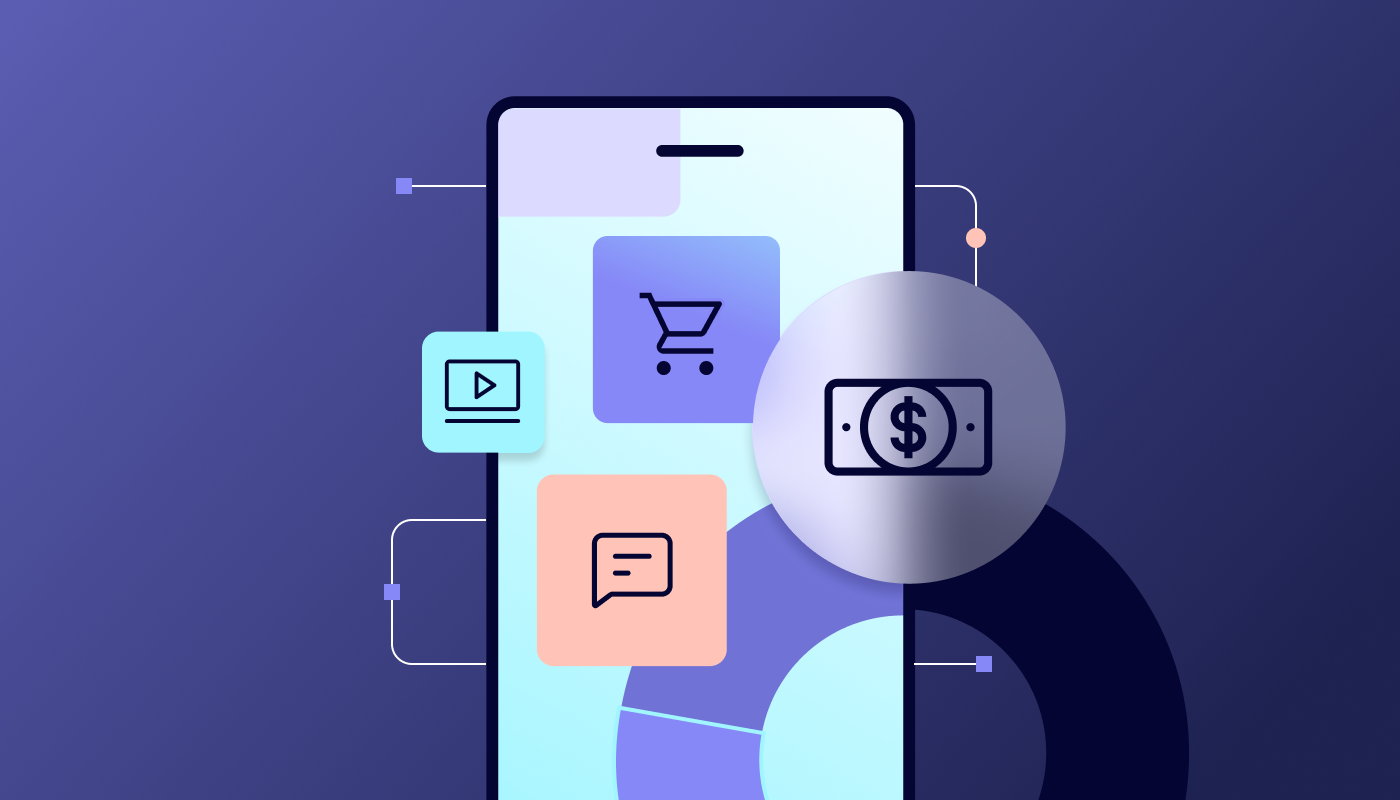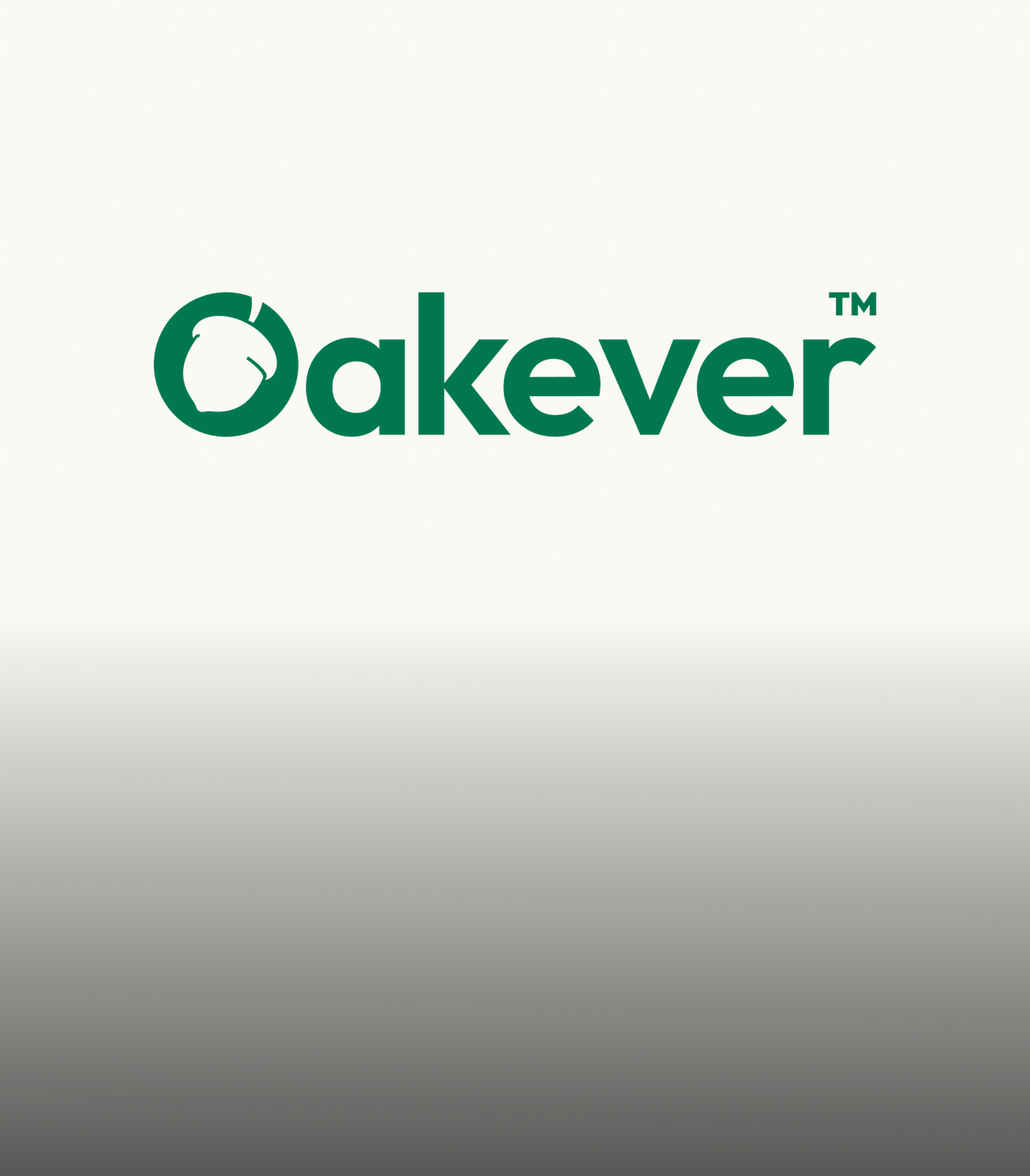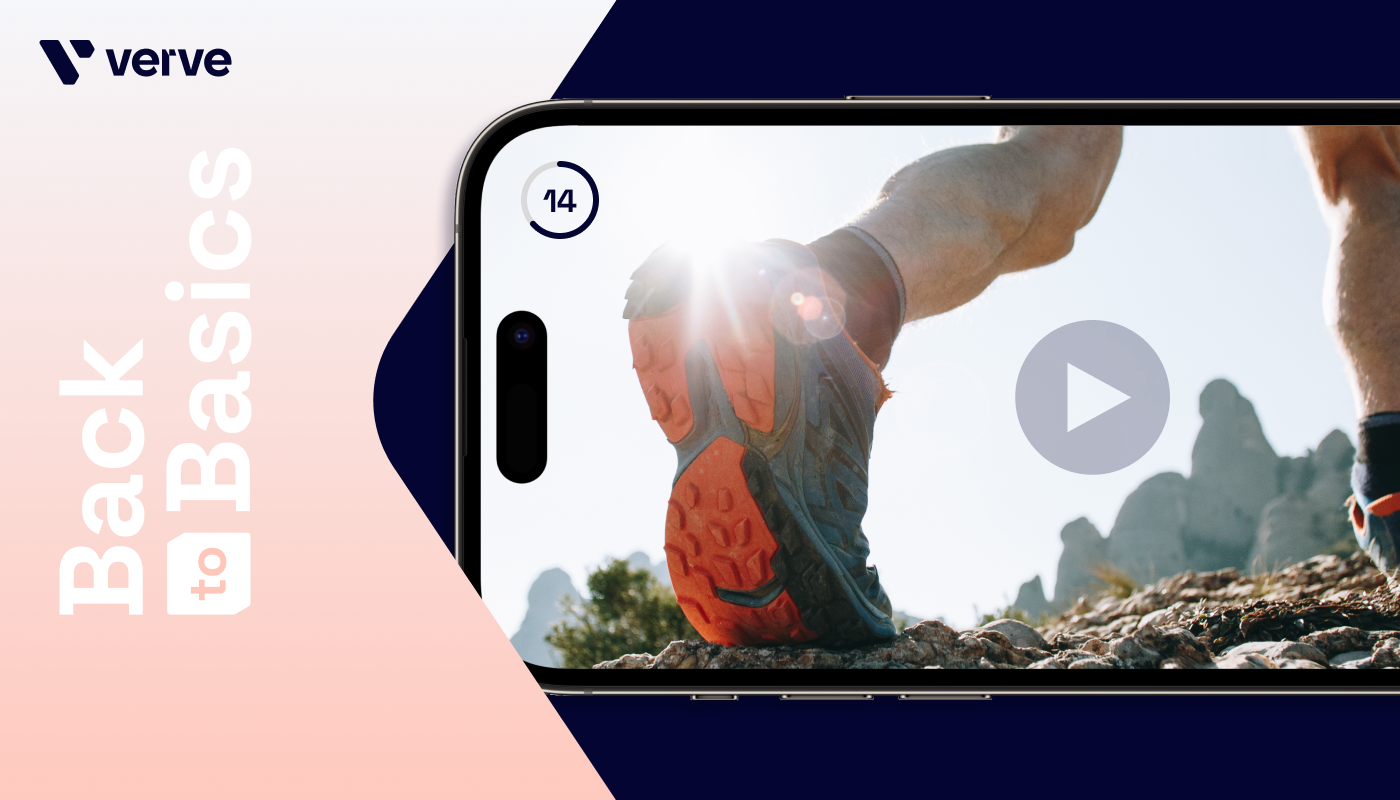
Integration Center
Verve Marketplaces offer a range of secure client-side and server-side integration methods, backed by open standards and powerful developer tools, to help you start trading programmatically.
Get started quickly.
Explore our integration guides and examples to connect to the Marketplaces.
Performance+ Marketplace
by PubNative
Turn every tap into potential with an open-source SDK built to achieve your monetization goals. With Performance+ Marketplace, you can increase your fill-rates from diverse demand with unparalleled control over ad configuration.
Tap into:
- Proprietary audience cohort technology for maximum demand
- Demand from over 150 DSPs
- Low Churn Video Ad Experiences
- No PIIs. 100% secure and compliant
- Easily manage and optimize your deals with the Deal Portal (User Manual)
[ iOS | Android ]
Brand+
Marketplace
by Smaato
Maximize your revenue potential for every ad request on a marketplace where brand awareness sells for a premium. With Brand+ Marketplace, you can leverage top demand from 90 of the top Fortune 100 brands and agencies, increasing your eCPMs through high-impact ad formats.
Tap into:
- Deal curation
- Data enrichment
- Engaging ads across interstitial, video, and native formats
- Higher eCPMS
- Easily manage and optimize your deals with the Deal Portal (User Manual)
[ iOS | Android ]
Brand+
Marketplace
by Smaato
Flexible tag-based and oRTB integration. Access our CTV demand on all leading ad servers and deliver TV-quality ads on any major OEMs and OS of your choice.
- OpenRTB 2.6
- Consent string support
Performance+
Marketplace
by PubNative
Connect to chart-topping mobile gaming and non-gaming apps. Use exclusive cohort-based intelligence and granular bid stream signals to acquire high LTV users without mobile IDs.
- SDK-powered mobile ads
- Video ads & templates
- ID-less Verve ATOM mobile cohorts
- Supports iOS SKAN & AdAttributionKit
- Android Sandbox test certified
Brand+
Marketplace
by Smaato
Engage users with high quality ads as they discover and experience products on Mobile and CTV. Use oRTB signals to precisely target and reach consumers with and without cookies or IDs.
- SDK-powered mobile ads
- Full-screen and video templates
- ID & 3rd party ID-less data signals
- OMSDK certified
Ready to get started, experts are here to help
Frequently Asked Questions
Verve supports two marketplaces. The Performance+ Marketplaces (formerly PubNative) and the Brand+ Marketplace (formerly Smaato).
The Performance+ Marketplace will focus on mobile inventory and demand, while the Brand+ Marketplace will operate across all channels (omnichannel) with a focus on CTV, Mobile, and Web.
Both marketplaces support the latest OpenRTB version (2.5+). For demand partners(DSPs), we additionally support custom bid stream signaling based on objectives.
Both marketplaces support all leading mediation and bidding platforms for publishers interested in tapping into our demand, including preferred integration methods like SDK, oRTB, Tag and more. Please refer to the specific marketplace documentation to learn more.
Related Content

Press

Blog

Press

Blog

Case Studies

Blog

Press